Amethyst: The Enchanting Purple Gemstone
Amethyst, with its captivating purple hue, is a semiprecious gemstone that has fascinated humans for centuries.

Known for its beauty and metaphysical properties, this gemstone carries a rich history and continues to be cherished today. Let us delve into the scientific specifications, origins, mining practices, and historical significance of amethyst.
Scientific Specifications and Origin
Amethyst belongs to the quartz family of minerals, distinguished by its striking purple coloration. It is a variety of crystalline quartz, with its vibrant purple hue being attributed to traces of iron and other impurities in the mineral's crystal lattice.
The formation of amethyst is closely linked to the geological process of hydrothermal activity. It typically occurs in cavities within volcanic rocks, such as basalt and granite, where hot fluids rich in silicon dioxide deposit over time. These fluids, carrying dissolved minerals, slowly cool and crystallize, giving birth to the magnificent amethyst crystals.
Main Sources and Modern Mining
Amethyst is found in various regions around the world, with notable sources including Brazil, Uruguay, Zambia, Russia, and Madagascar. These regions are renowned for producing high-quality amethyst specimens that showcase exceptional a href="https://austria.avanova.at/colours/">color and clarity.
In modern mining practices, amethyst is typically extracted through open-pit or underground mining techniques. Large deposits are identified through geological surveys, and mining operations involve the removal of overburden and the careful extraction of amethyst-bearing rock. Miners use tools and machinery to extract the mineral, ensuring minimal damage to the crystals.
Once extracted, amethyst undergoes a series of processes, including cutting, polishing, and faceting, to enhance its natural beauty. Skilled lapidaries craft the gemstones into various shapes and sizes, creating dazzling amethyst gemstones that are used in jewelry and ornamental pieces.
Historical Significance
Amethyst holds a special place in history and mythology. In ancient times, it was regarded as a symbol of royalty and luxury, often adorning the crowns, scepters, and rings of nobles and monarchs. The Greeks believed that amethyst possessed the power to protect its wearer from intoxication, and the gemstone's name is derived from the Greek word "amethystos," meaning "not drunk."
Throughout the ages, amethyst has been associated with various virtues, including peace, clarity of mind, and spiritual enlightenment. It has been used by different cultures for meditation, healing practices, and enhancing intuition. Even today, amethyst continues to be highly sought after for its alluring beauty and its believed metaphysical properties.
In conclusion, amethyst's scientific specifications, origins, mining practices, and historical significance contribute to its allure as a semiprecious gemstone. Its captivating purple color, combined with its metaphysical qualities, make it a beloved gemstone for both jewelry enthusiasts and those seeking spiritual connection.
More about gemstones
Newest Shenanigans
 | The Enchanting Ways of Austria Austria boasts a breathtaking tapestry of landscapes, from the soaring peaks of the Alps to the rolling hills of the wine regions. |
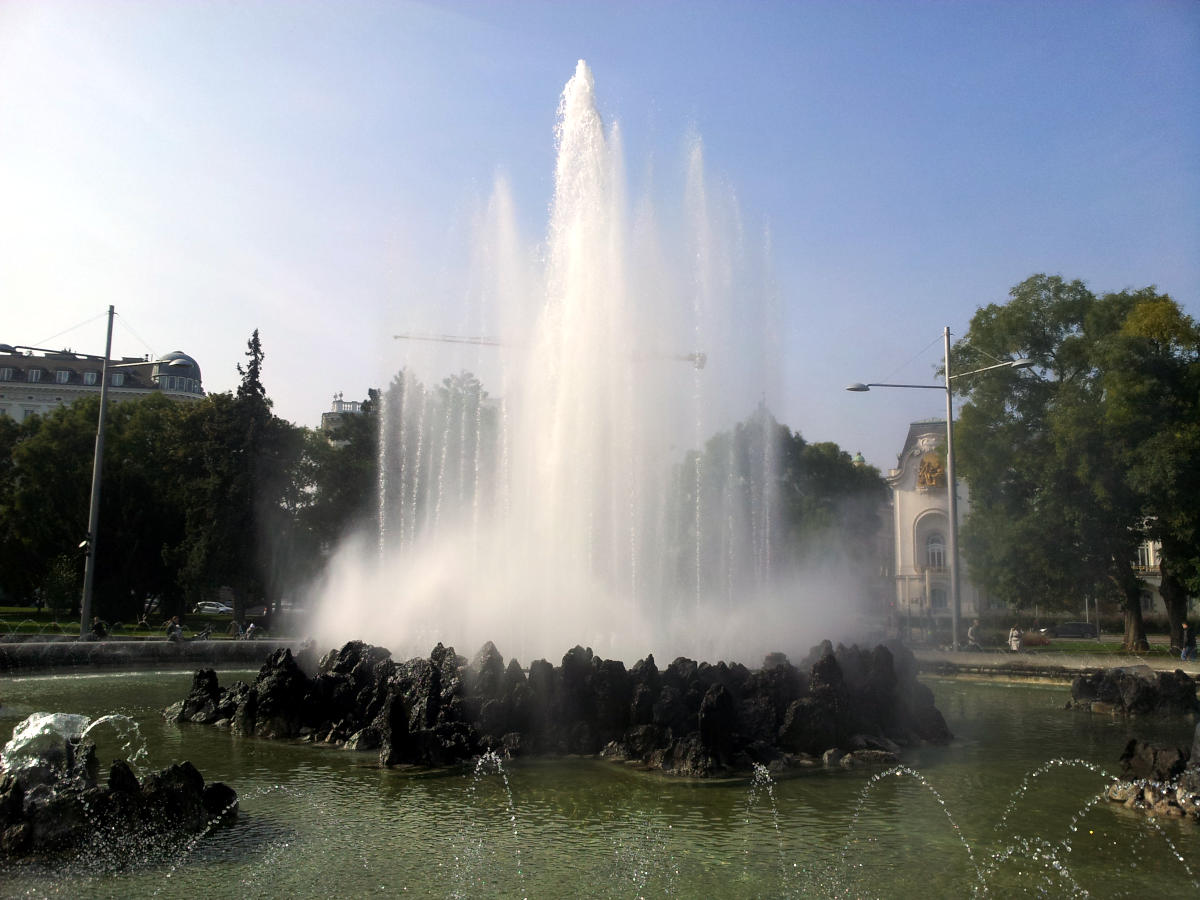 | 12 must-see attractions in Vienna, Austria There is never enough time to fully discover and appreciate a historic capital like Vienna, but we can try. So here is a list of 12 must-see attractions in Vienna. |
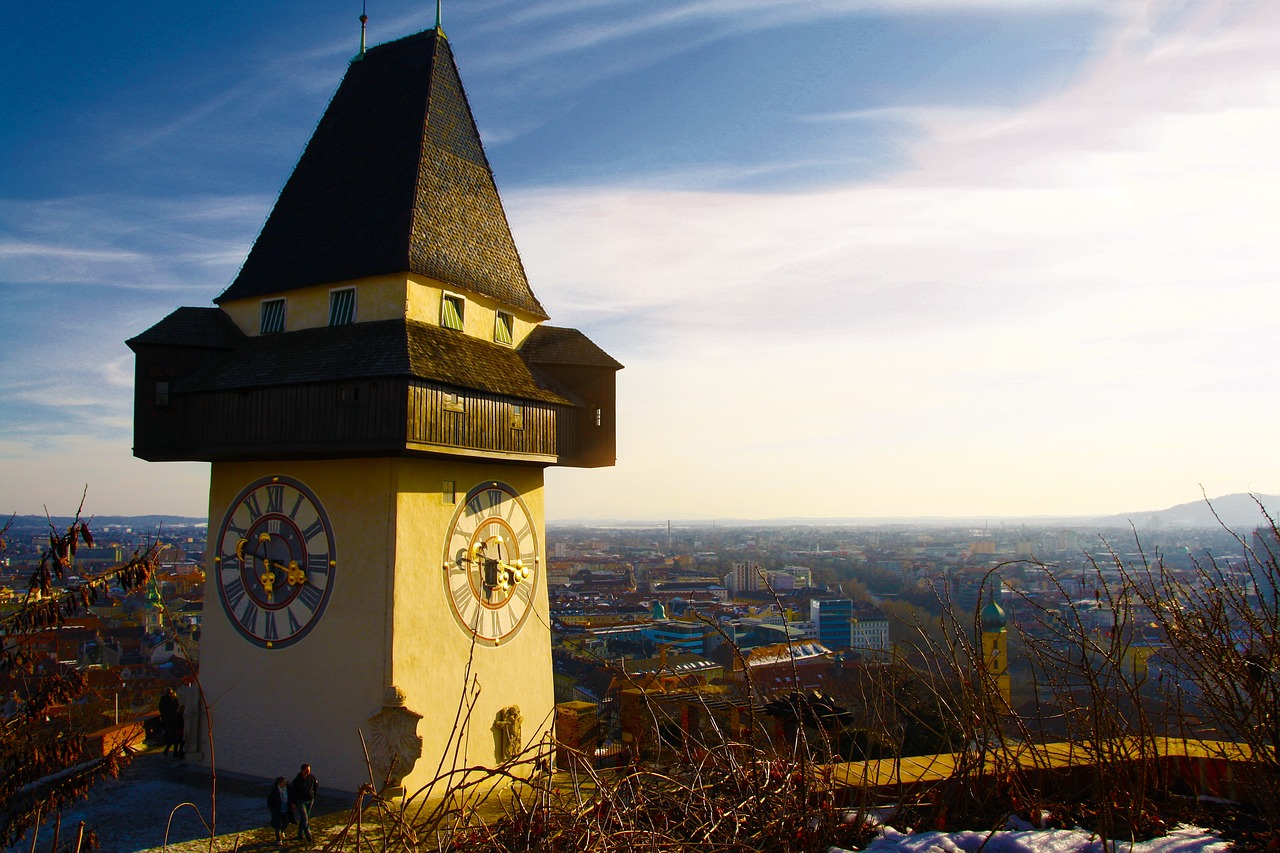 | 12 must-see attractions in Graz, Austria If you have time on your hand, I recommend to discover Graz by yourself. But time is tricky to come by these days, so here is a list of 12 must-see attractions in Graz, Austria. |
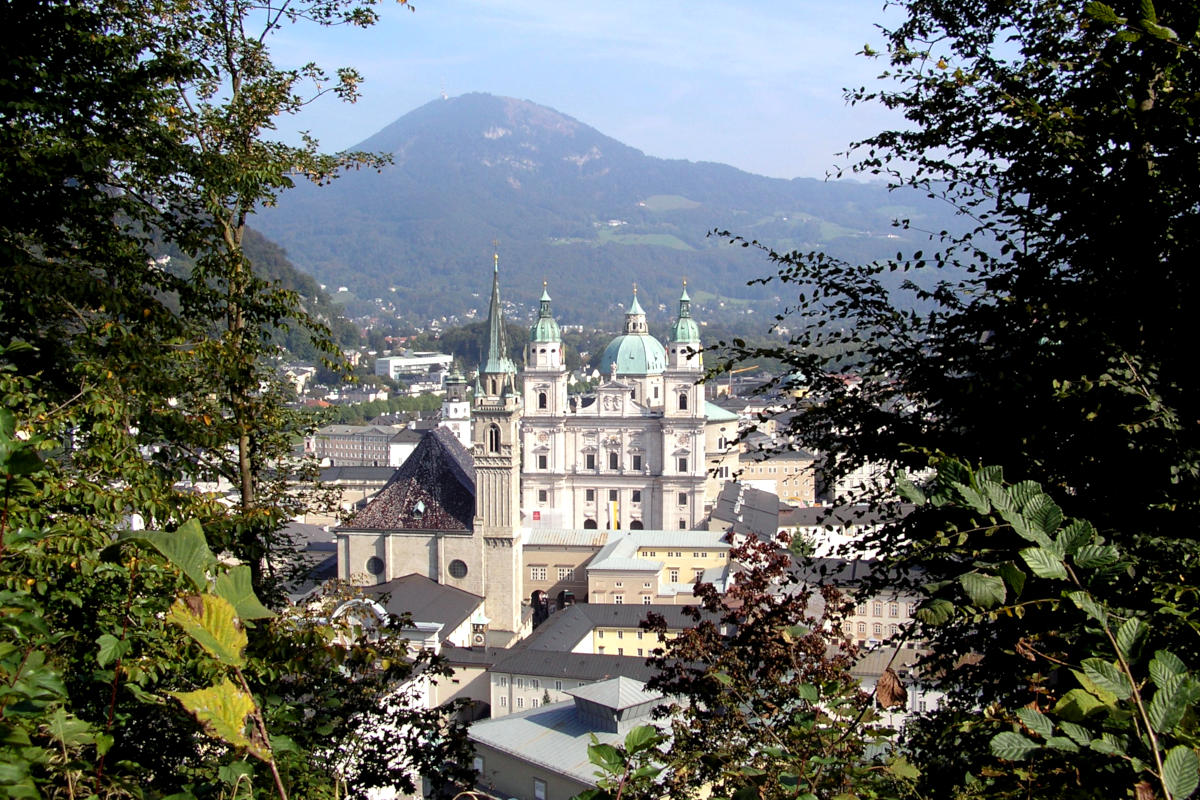 | 12 must-see attractions in Salzburg, Austria Like most places on our planet, Salzburg is a city you need time to fully discover and appreciate. However, time is always hard to come by these days. So here is a list of 12 must-see attractions in Salzburg. |
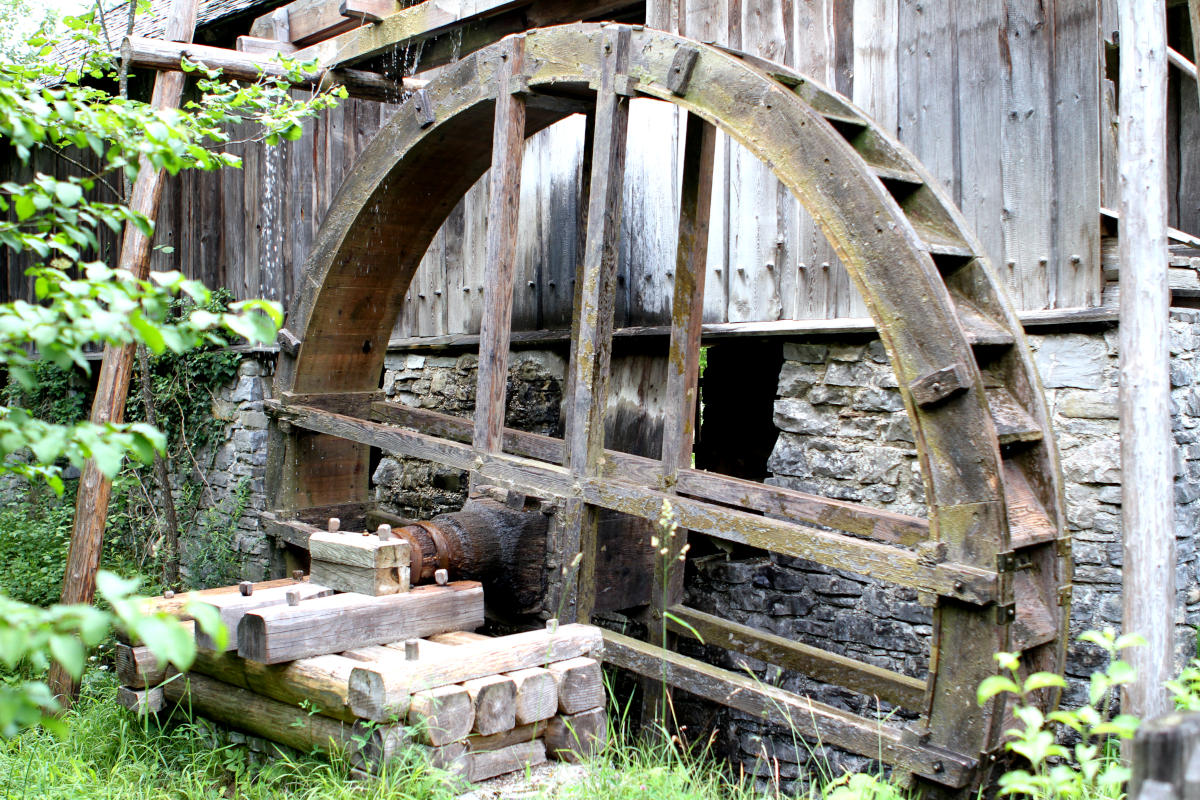 | Some museums to visit in Salzburg Salzburg is a city rich in culture and history, so naturally it features many interesting museums. By all means, the list is not complete, but I try to add the small museums too. |
 | 12 must-see attractions in Innsbruck, Austria Of course the best way to discover a city rich in culture and history like Innsbruck would be to spend a lot of time there. But since time is often an issue, here are 12 must-see attractions in Innsbruck, Austria. |
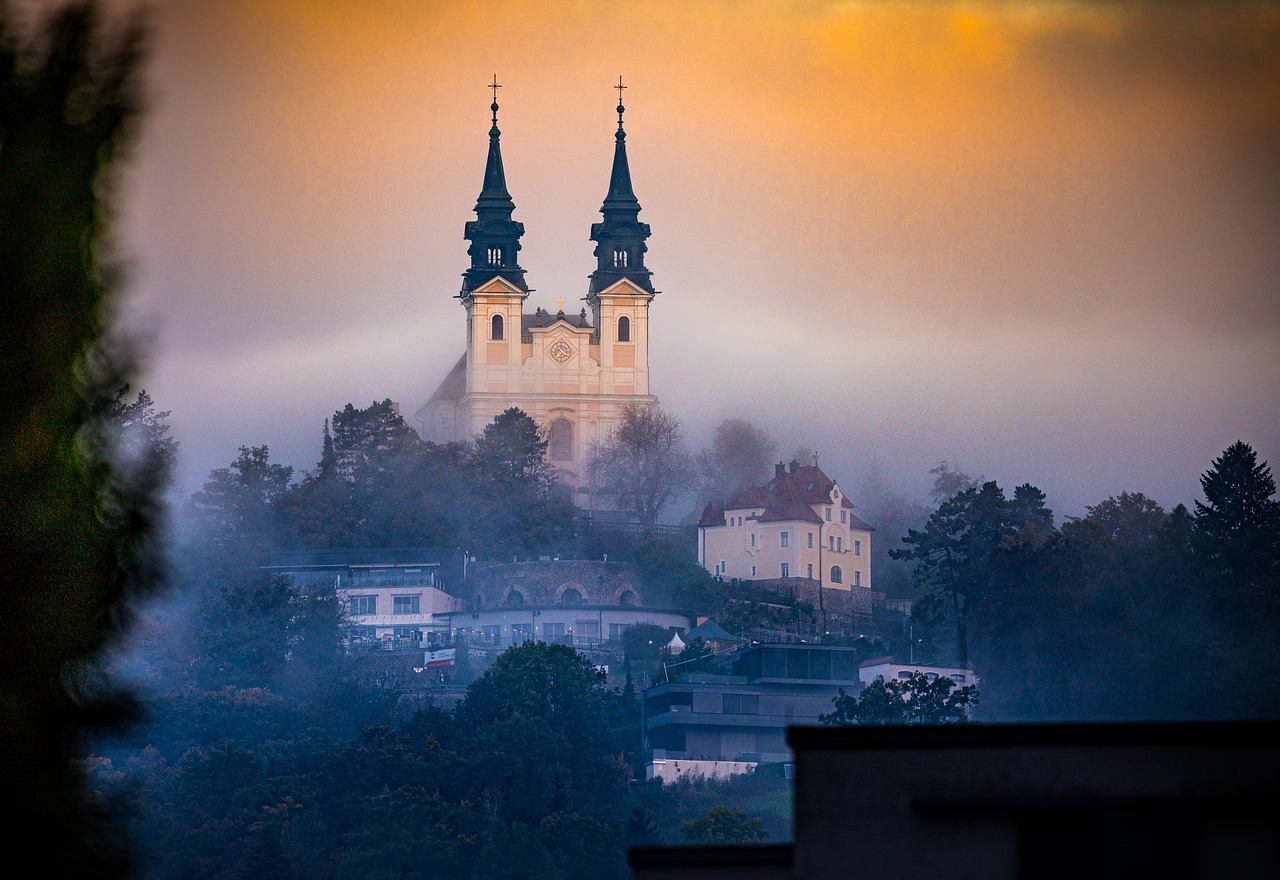 | 12 must-see attractions in Linz, Austria For us people of Salzburg, Linz is just a short hop away by train - so we can visit often. If you are short on time however, here are 12 must-see attractions in Linz, Austria. |
